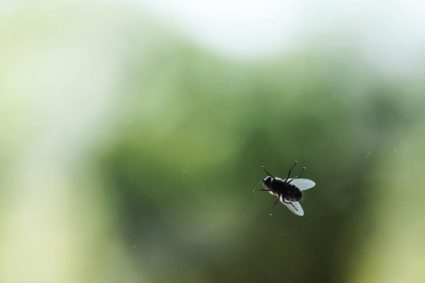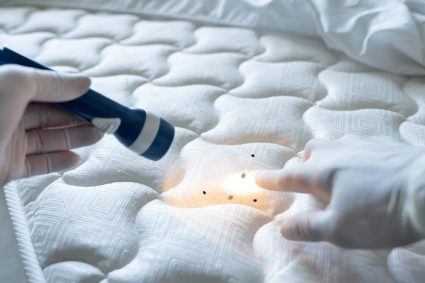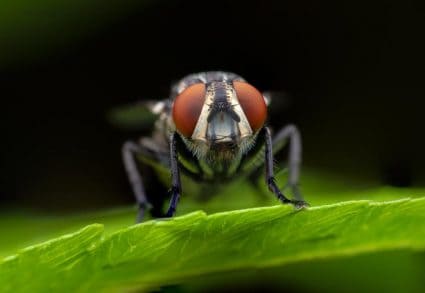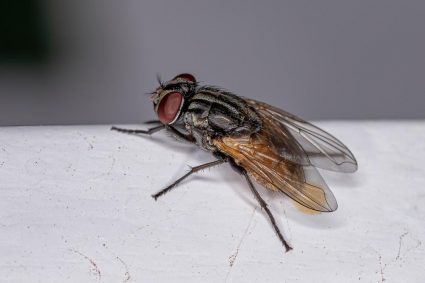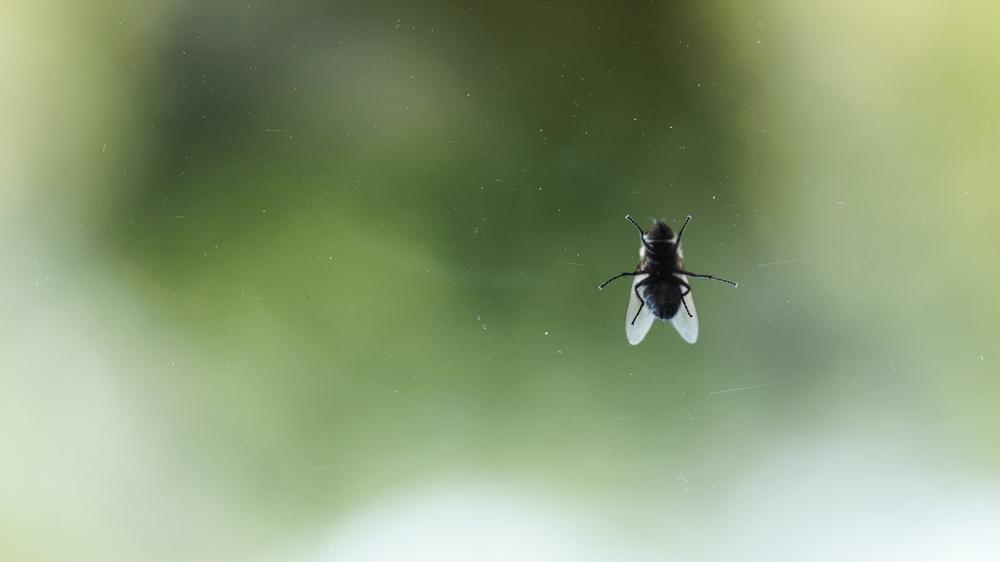
Flies are a common nuisance in many households and outdoor areas, often leading people to seek out effective and safe methods to get rid of them. One method that has gained attention is the use of salt. But, does salt kill flies? This comprehensive guide will delve into this question, providing practical advice, scientific evidence, and a comparison with other fly control methods.
Salt itself does not directly kill flies. However, it can be used in devices like the Bug-A-Salt gun, which fires salt granules to stun or kill flies. The impact of salt on flies is more about their aversion to high salt concentrations, which can cause health problems and shorten their lifespan. It’s important to note that using salt to kill flies has potential risks and drawbacks, and should be combined with other fly control strategies for the most effective results.
Does Salt Kill Flies?
Salt itself does not directly kill flies. However, a product called Bug-A-Salt, invented by Lorenzo Maggiore, uses a plastic gun designed to shoot granular table salt as non-toxic projectiles to kill or stun insects, especially flies. The salt particles fired from the Bug-A-Salt gun can stun or kill flies without creating a mess. The salt pellets disintegrate upon contact, leaving a tiny, harmless residue. While the salt may not always kill the flies, it can effectively remove them from your vicinity.
Biologist Michael Dickinson of the California Institute of Technology states that flies cannot dodge the tiny salt particles, but their arthropod exoskeleton protects them to some extent, so they may only be stunned. However, the Bug-A-Salt gun has been reported to be lethal to flies within two to three feet.
The Impact of Salt on Flies
Salt affects the lifecycle and health of a fly in various ways. Flies have evolved mechanisms to sense and avoid high concentrations of salt, as excessive salt intake can cause dehydration, kidney failure, and other ill effects. In fruit flies (Drosophila), a high-salt receptor called IR7c has been identified, which governs their ability to detect dangerously high concentrations of salt, typically over 0.25 moles per liter.
A diet enriched with saturated fat, sugar, and salt has been shown to be more detrimental to wild-caught Drosophila simulans than each ingredient separately, resulting in a significantly decreased lifespan, locomotor activity, sleep, reproductive function, and mitochondrial function. These detrimental effects were more pronounced in female flies than in male flies.
Common Misconceptions
There are a few common misconceptions about the effect of salt on flies. One is that salt has no effect on flies, but research has shown that flies, like most animals, are attracted to foods with low concentrations of salt and show strong taste avoidance of high salt foods. Another misconception is that salt can be used to kill flies without any negative consequences. While it is true that devices like the Bug-A-Salt gun can kill flies using a small amount of table salt, it is important to consider the potential environmental impact of using salt in this manner.
Risks and Drawbacks of Using Salt to Kill Flies
While using salt to kill flies can be a fun and effective method for dealing with a small number of pests, it has some potential risks and drawbacks. These include damage to surfaces, indoor mess, limited effectiveness, safety concerns, and potential environmental impact.
Natural Ways to Get Rid of Flies
There are several natural ways to get rid of flies, including vinegar and dish soap traps, red wine traps, fly-repellent plants, essential oil sprays, cayenne pepper sprays, saltwater sprays, mint or basil sprays, carnivorous plants, essential oil diffusers, and maintaining cleanliness.
In conclusion, while salt itself does not directly kill flies, it can be used effectively in certain devices like the Bug-A-Salt gun to stun or kill flies. However, it is essential to consider the potential risks and drawbacks, and to combine salt-based methods with other fly control strategies for the most effective results.
Frequently Asked Questions
How does the Bug-A-Salt gun work?
The Bug-A-Salt gun works by firing a pinch of table salt out of a plastic gun. When the trigger is pulled, the salt is propelled out of the gun with enough force to stun or kill small insects like flies.
Is the Bug-A-Salt gun safe to use around food or in the kitchen?
Yes, the Bug-A-Salt gun is safe to use around food and in the kitchen. The salt is non-toxic and disintegrates upon contact, leaving a tiny, harmless residue.
Can other substances be used in the Bug-A-Salt gun instead of salt?
No, other substances should not be used in the Bug-A-Salt gun. The gun is specifically designed to use granular table salt as its ammunition. Using other substances could damage the gun or cause it to malfunction.
Is the Bug-A-Salt gun harmful to the environment?
The Bug-A-Salt gun uses a small amount of table salt to kill flies, which is non-toxic and not harmful to the environment in small quantities. However, excessive use of salt can have environmental impacts, so it is important to use the gun responsibly.
What are some other effective methods to control flies?
In addition to the Bug-A-Salt gun, other effective methods to control flies include vinegar and dish soap traps, red wine traps, fly-repellent plants, essential oil sprays, cayenne pepper sprays, saltwater sprays, mint or basil sprays, carnivorous plants, essential oil diffusers, and maintaining cleanliness.



